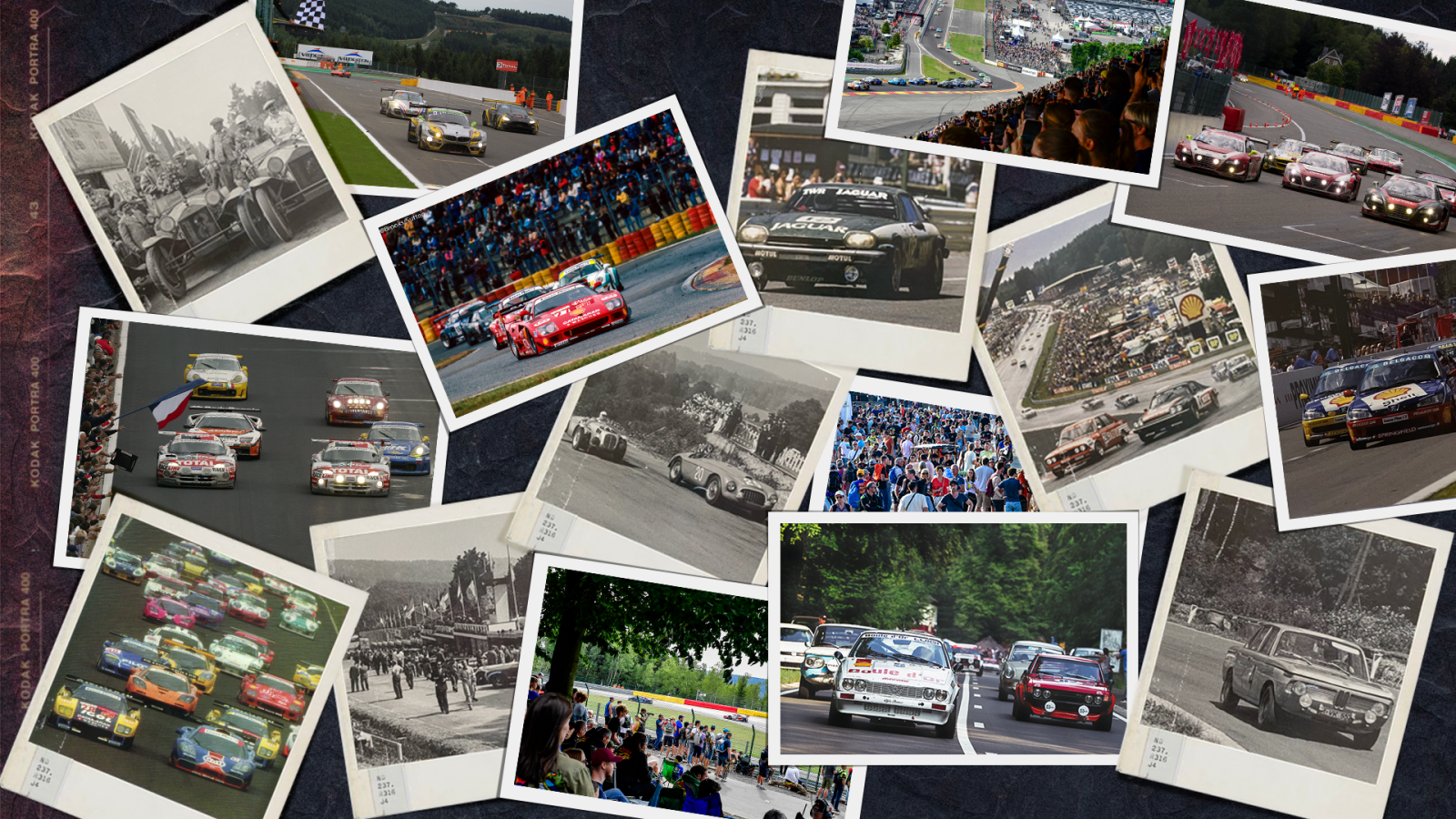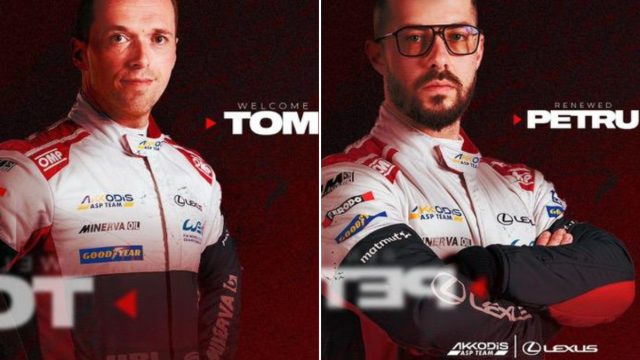Two major milestones on the horizon for CrowdStrike 24 Hours of Spa
The CrowdStrike 24 Hours of Spa will celebrate a pair of milestones over the next two years: in 2023 the event marks its 75th edition, while in 2024 it reaches the 100th anniversary of its inaugural running.
This requires some explanation: how can a race that has existed for just short of 100 years be notching up its 75th edition? The answer lies in the first half of the 20th century when global events brought competition to a temporary halt.
The original 15km circuit in the Ardennes came into use in 1921, formed by a triangle of country roads between Francorchamps, Malmédy and Stavelot. The very first event was arranged for motorcycles, and cars soon followed. With the track proving to be both popular and challenging, in 1924 it was decided to stage a 24-hour race.
The list of manufacturers on the grid for that inaugural running will seem unfamiliar, comprising mostly Belgian and French brands. The winners – Henri Springuel and Maurice Becquet – covered a total distance of 1,800 kilometres in their Bignan 2L, less than half of what is possible today. That wasn't the only difference: car headlights were nowhere near strong enough to allow for racing in the dark, so 200 acetylene lamps were stationed around the track.
That said, not everything has changed so dramatically since 1924: even then there were grandstands for the spectators to watch the action, as well as a village fair to keep them entertained. We can see this as a forerunner of today's CrowdStrike 24 Hours of Spa Fan Zone and other off-track activities. The inaugural edition also featured fireworks during the night, as well as Spa's familiar rain and fog to keep drivers on their toes.
The first running was successful, encouraging an expanded entry for the second edition. The race continued to develop during the next few years and, after early victories for French brands, Alfa Romeo come to dominate with wins between 1928 and 1933. But events further afield were already causing concern. The Wall Street Crash of 1929 had sent shockwaves around the world and, by the mid-thirties, the cost of motor racing was becoming difficult to justify. As such the 1934 edition was a 10-hour contest, and it was not run at all in either 1935 or 1937.
An even greater threat loomed in the years that followed: with Europe on the brink of war, the 1939 event was also cancelled. As the continent became embroiled in conflict, the 24 Hours of Spa-Francorchamps joined countless other sporting events in falling silent for several years; indeed, it would be 1948 before engines were once again fired up in the Ardennes.
The region around the circuit was the scene of fierce fighting during World War II, so simply returning to competition was a triumph. The 1948 event saw St. John Horsfall and Leslie Johnson win at the wheel of an Aston Martin 2-Litre Sports, still the British marque's only overall triumph, while a year later international stars Luigi Chinetti and Jean Lucas drove a Ferrari 166 MM to glory.
Despite these big-name winners, interest had not picked up sufficiently in the post-war period and the event was put on hold again between 1950 and 1952 as the organisers focused instead on two-hour production car races. It was briefly received in 1953 as part of the new World Sports Car Championship, when the all-star duo of Nino Farina and Mike Hawthorn won in a Ferrari, but it fell off the calendar yet again in 1954.
Thus began the longest hiatus in the event's history: while nine editions had been missed due to the war, it was now dormant for 10 years between 1954 and 1963. Its return was spearheaded by Hubert de Harlez of the Royal Automobile Club of Belgium and driver-turned-journalist Paul Frère. Understanding that the race required a unique selling point, the revived version would be reserved solely for touring cars. It was an inspired decision and brought factory teams from Alfa Romeo, BMW, Citroën, Ford, Lancia and Mercedes to the Ardennes.
Over the following three decades the event rebuilt its international status. Since returning in 1964 it has run each year, though competition was brought to an early end in 1993 following the passing of King Baudouin of Belgium. The 2020 edition was moved to October due to the Covid-19 pandemic, though there was no thought that it might be cancelled. Indeed, with packed grids, record crowds and huge international interest, the event is stronger today than ever before.
Of course, it has gone through a vast transformation. The present 7km configuration was introduced in 1979 and has been upgraded and adjusted several times since. There was a major shift in 2001, too, when GT machinery replaced touring cars. Indeed, the secret to the event's return and longevity has been its ability to adapt, making changes when necessary to remain relevant. Testament to this is the fact that the 2023 edition will be the 60th staged consecutively since the race resumed in 1964.
Having run 15 times between 1924 and its fifties hiatus, the race is therefore set for its 75th edition on 29 June – 2 July. Of course, there is an even bigger landmark just around the corner. In 2024, the CrowdStrike 24 Hours of Spa will celebrate its 100th anniversary. Now that is something truly worth celebrating.




Comments
Log in to comment the article